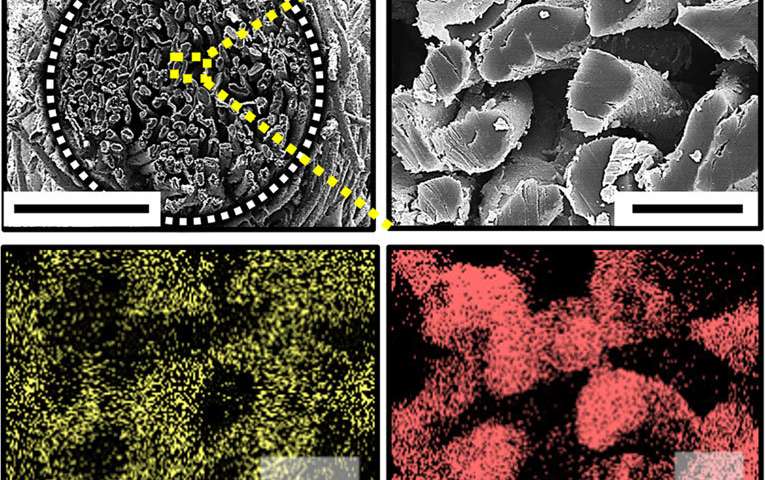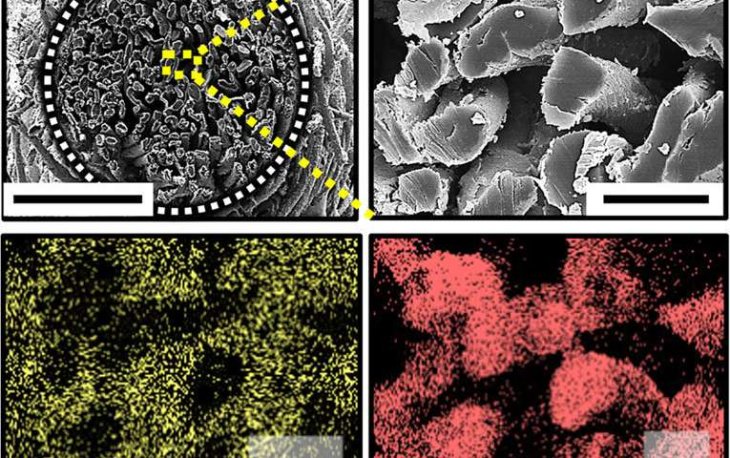Cotton-Based Biofuel Cell: A New Solution To Power Implantable Medical Devices
Jyotis - Jan 24, 2019

It can be applied to charging implantable medical devices like sensors or pacemakers.
The scientists from the Georgia Institute of Technology, US, have introduced a new kind of biofuel cell that can be charged by glucose. Cotton fiber is the primary material to build up electrodes of the advanced cell.
According to the scientists, it can be applied to charging implantable medical devices like sensors or pacemakers. Its one of the most outstanding advantages is the capability to power 2 times faster than biofuel cells in the present market. When combined with ultracapacitors or batteries, the cell can supply a hybrid power source.
The journal Nature Communications revealed that electrodes with high conductivity formed by gold nanoparticles placed on the cotton would enhance the efficiency of the biofuel cell.
Thereby, it’s much easier for scientists to deal with one complex problem that directly affects the biofuel cells’ performance: that is how to connect the enzyme and use an electrode to oxidize glucose.
To create the gold electrodes, they used a layer-by-layer assembly technique to increase the power capacity to 3.7 mW for each square centimeter. These electrodes will form the conductive substrate and the electrocatalytic cathode for the anode.
Seung Woo Lee as an assistant professor of Georgia Tech unveiled that the biofuel cell can operate continuously to turn chemical energy available in glucose inside our body into electrical power.
Thanks to the deposition technique with many layers, they can easily to accurately monitor how the enzyme and the gold nano-particle are deposited and boost the cell’s power density.
Also, the scientists used porous cotton fibers made of countless microfibrils which contain hydroxyl groups to fabricate the electrodes. And then, they made use of organic linker materials to put 8-nanometer-diameter gold nanoparticles into the fibers.
According to the scientists across the world, including those who are working at Korea University, along with TREN – a tiny molecule with the amine function, the layer-by-layer notatin (GOx) was applied to form the anode that can oxidize the glucose.
Owning the capabilities of electrocatalysis, the cathode is the place to see the reaction of the oxygen fall and mine the electrodes wrapped by gold.
The advantage of the cotton fiber over the nylon one is that the number of gold layers will be risen due to the cotton’s porosity. Moreover, as per the biological aspect, this kind of fiber is said to have the higher compatibility with the device as well as help the electrodes to conduct the electricity better. Longer battery lifespan is also another plus.
Featured Stories

Gadgets - Jul 21, 2025
COLORFUL Launches iGame Shadow II DDR5 Memory for AMD Ryzen 9000 Series

Gadgets - Jun 23, 2025
COLORFUL SMART 900 AI Mini PC: Compact Power for Content Creation

Review - Jun 18, 2025
Nintendo Switch 2 Review: A Triumphant Evolution Worth the Wait

Gadgets - Jun 18, 2025
Starlink: Why It’s a Big Deal for U.S. Internet in 2025

Gadgets - Jun 17, 2025
How Custom PC Setups Support India's Esports Athletes in Global Competition

Gadgets - Jun 12, 2025
Lava Prowatch Xtreme Launches with Google Fit Integration

Gadgets - Jun 07, 2025
Fujifilm Instax Mini 41 Launches in India: Stylish Instant Camera Now Available...

Mobile - Jun 07, 2025
Realme C73 5G Launches in India: Budget 5G Phone Starts at ₹10,499

Gadgets - Jun 07, 2025
OnePlus 13s Makes Indian Debut: Compact Flagship Brings Premium Features at...

Gadgets - Jun 07, 2025


Comments
Sort by Newest | Popular